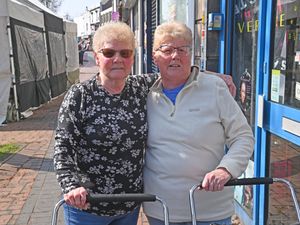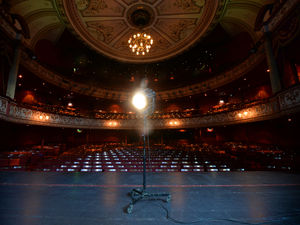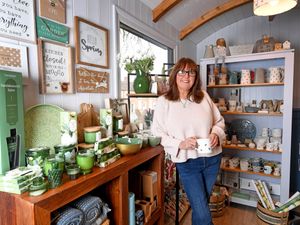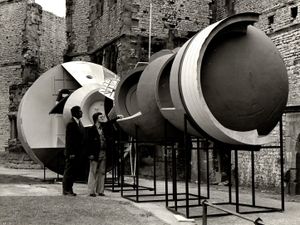Travel Review: Barbados is still a winter sun winner
Worthing and Hastings are not exactly synonymous with sea turtles. Nor – from a British perspective, at least – do they have a connection to pounding, soulful calypso beats.
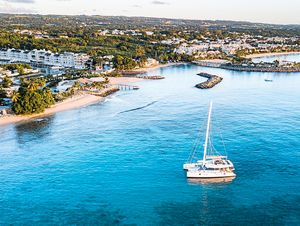
Yet, riding a bus between the seaside resorts, energetic blasts of trumpets and drums permeate the warm afternoon air as I set out to swim among endangered marine reptiles.
The names of these south-coast settings may sound familiar, but I am almost 4,200 miles from the UK, having ditched the shingle beaches of my adopted home county to discover the exotic delights of the Caribbean’s most easterly nation.

Many of Barbados’ place names are lasting legacies of more than 300 years of British rule.
By the time I step barefoot aboard the Silver Moon 3 catamaran, I am slightly south of Brighton on the western fringes of capital Bridgetown.
Kensington Oval cricket ground – another enduring reminder of imperialism – looms large over the marina, while Rihanna Drive – a street rechristened in honour of the Barbadian superstar – is a 10-minute walk away.
My trip coincides with a landmark period for the former colony as, 55 years on from gaining independence, it removes Queen Elizabeth II as head of state in favour of a maiden president, Dame Sandra Mason.
But talk of the historic switch to republic status is far from my thoughts as we breeze on to the tranquil ocean. When skipper Mikki allows me to take the wheel, I pilot the vessel into Carlisle Bay before slipping on a snorkel and plunging overboard into an underwater world of shipwrecks, reefs and tropical sea creatures. Skittish needlefish dart in and out of sight and a languid batfish loiters on the seabed.
Eventually, I glimpse the star attraction: a solitary green sea turtle – one of three native species alongside the hawksbill and leatherback. With a naturally glum expression and hazel-coloured, heart-shaped shell, it measures around a metre in length and gracefully glides by before effortlessly flapping away into the aquatic abyss.
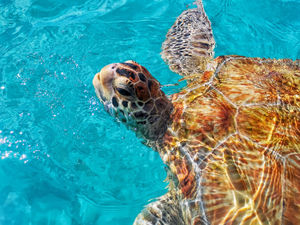
“There’s no Buckingham Palace in Barbados, there’s nothing even remotely close,” states Lisa Cummins when the subject of sovereignty is raised back on dry land. “So where would you go to see any remnant of the monarchy? People come here for a different experience altogether.”
Eager to further appreciate why this pear-shaped island measuring just 21 miles by 14 is so popular, I join an adventure safari.
With guide Edwin at the wheel, we are whisked up the rugged east coast and through verdant parts of the interior. Ragged Point Lighthouse and the 18th-century Morgan Lewis Windmill – the country’s only intact sugar mill – are landmarks among rocky coastline, rolling hills and sloping terraced plains peppered with strutting egrets.
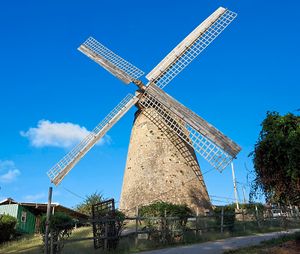
Our open-sided jeep reaches the lunar-esque Little Bay in St Lucy – the most northerly of the country’s 11 parishes and birthplace of its first Prime Minister, Errol Barrow. Further south, we bounce through sugar cane fields, sipping – and sometimes spilling – rum punch en route to the summit of Hackleton’s Cliff.
“That’s the asphalt; that’s not my fault,” laughs driver Edwin, deliberately hitting every bump on the track. Sweeping views of the sleepy fishing village of Bathsheba and a section of the wild Atlantic Ocean render the jolts worthwhile.
The cliff is named after a Colonel Hackleton, who reputedly plunged to his death here by blindfolding his wife’s favourite horse and intentionally riding it over the edge after discovering she had been unfaithful.
His dramatic demise perhaps serves as a fitting metaphor for the island’s tourism in 2020.
Barbados, home to around 287,000 people, never closed its borders but visitor numbers plummeted to a point of being virtually non-existent. Recovery appears to be well under way and figures had already reached 86% of pre-Covid levels by October.
Approximately two fifths of guests hail from the United Kingdom, a connection strengthened by a new Aer Lingus service from Manchester to the island’s lone airport, Grantley Adams International.
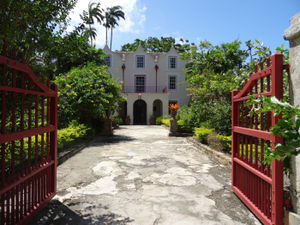
My arrival into 30-degree heat on the Irish airline’s inaugural flight comes almost four centuries since Captain John Powell claimed Barbados on behalf of King James I in 1625.
Tobacco and cotton were the initial economic enterprises back then before a successful switch to sugar cane led to a rise in profitable plantations, and, ultimately, the birth of an alcoholic drink now inextricably linked with this part of the world. But the escalation of slaves shipped from Africa can’t be ignored when we talk of the island’s history.
“If you’re talking Barbados, you’re talking the story of sugar, slaves and rum,” says tour guide Dawn-Lisa Callender-Smith in the centre of Bridgetown on the penultimate day of my week-long stay. “The gem of the British crown.”
Wearing traditional Caribbean dress, Dawn-Lisa provides a concise history of her homeland.
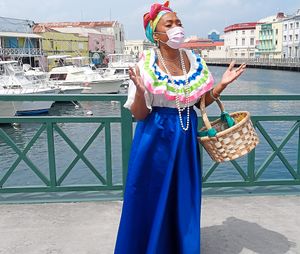
Leaving Independence Square, we walk along the waterfront, pass the Independence Arch, cross Chamberlain Bridge – named after former British colonial secretary, Joseph Chamberlain – and stop at an empty plinth in a place known until 1999 as Trafalgar Square.
The vacant pedestal, in what is now called National Heroes Square, is awaiting a sculpture of someone more befitting that title having supported a bronze statue of Lord Nelson from 1813 until November last year.
While the deposed admiral now resides in the nearby Barbados Museum, red post boxes, recognisable place names and pastimes such as cricket and horse racing abide as less contentious vestiges of empire.
But Barbados is looking to the future as it shrugs off the shackles of coronavirus and colonialism.
And its crowning glories are plentiful. Add rich culture to year-round sun, dramatic scenery, and the chance to snorkel with sea turtles and it is easy to understand why visitors are royally returning.

